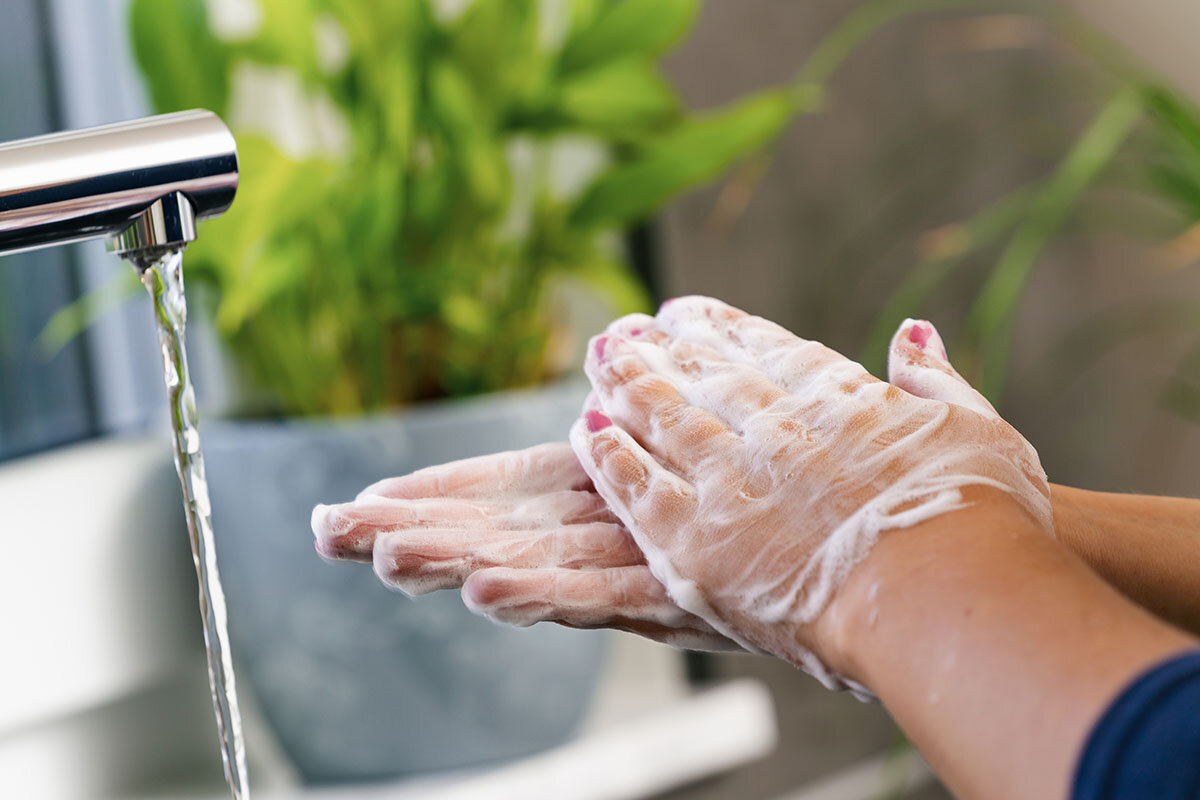Creativity and play in distance learning: Alternative schools help Austin kids thrive during COVID-19
/
Bet your bottom dollar we work best under pressure.
(Yo teachers, I wanna like THANK YOU!)
Get your yoga pants set.
Gotta earn that paycheck!
On your mark, get set, let me go, let me Zoom!
—Emily Glankler and Akina Adderley
Zoom! A "Shoop" Parody for Teachers, Griffin School
We’re back again with more survey results from 35 Austin-area alternative schools. The first article looked at the broad topic of education in emergencies, and the second tackled social emotional education in this period of social distancing. This week we’re diving into the importance of creativity and play in many forms.
The educators who contributed to our survey suggest that making space for creativity in the curriculum—and unstructured play with other students—is an essential component in their child-centered learning strategies. As a recent article by illustrator Louis Netter noted, we are all necessarily turning inward at this moment, “to the vast inner space of our thoughts and imagination,” and we feel more keenly than ever how important the arts and creativity are to our well-being.
We’ve probably all seen some of the outpouring of creativity and humor from students and teachers on YouTube, Instagram, TikTok, and Facebook—with music, creative writing, theater, and art taking center stage. Locally, Griffin School’s Emily Glankler and Akina Adderley jumped into the fray, offering students a funny, timely comment on Zoom school life in a musical parody of Salt-N-Pepa’s “Shoop.”
For isolated theater kids, unable to mount their productions in person, Skybridge Academy’s Brian Oglesby is donning a new costume each day to turn the ordinary into something a little more special, explaining that there’s a lot of joy in this innovation-by-necessity:
It’s like we’ve landed on this desert island. It sucks on this desert island. When we discover that by rubbing a couple of sticks together, you can make fire, there is triumph and a certain joy. Sure, it would be better not to be stranded, . . . but in the meantime, look at this cool thing we did.
Oglesby adds that his students are developing flexibility and even more creative thinking in a school that prides itself on always pushing boundaries. “Other schools are having to cancel their productions, and my heart breaks for them. We’re trying to figure out how to perform through video conferencing. It’s going to be its own weird thing, fit to the form.”
Play and child-led discovery—from giant bunnies to a virtual Earth Day
Lulu Bautista of Corazón Neighborhood Preschool offered us some valuable insight into her deeply held beliefs about the value of play, creativity, and discovery. Lulu calls what she does “Respite Care,” and it helps relieve children’s anxieties. It’s clear that lessening anxiety is one of the most important aspects of creative engagement in all the schools we surveyed.
How do schools do it? At Corazón, they use both tactile and virtual learning:
We've taken a trip to the moon . . . the children "hand" me items through the screen to pack in our group bag, and then we all buckle in our seatbelts and blast off, calling out the things that we see along the way and floating around our screens in slow motion! We've used our magic wands to turn each other into everything from sleeping robots to gigantic bunnies.
Tactile, “real world” play that moves kids away from screens for part of the day is a priority at many schools. For Bloom Preschool kids, dancing together and reading together are as necessary to the curriculum now as ever, even though it’s done at a distance. At Acton Academy, educators are creating care packages of project supplies and other items that help with inspiration. Skybridge is putting together weekly “grab bags” of science and art supplies. And Ashley Reinhardt says WonderWell’s teachers have designed experiences around easy-to-get household items as well as curated learning kits they provide. For example, they give little ones who need some fine-motor-skill development an ear of corn covered with coffee grounds and a toothbrush!
Anne Remme of Speech-Language-Play is creating an entire set of short videos for Facebook that allow kids to be involved in a virtual playgroup with reading, “table time” art activities, cooking, outside play, and even pet care.
Back at Corazón Neighborhood Preschool, children are encouraged to choose their favorite items at home and make up games with them spontaneously, which can lead to a lot of new learning opportunities on the fly. “One child created a pretend marshmallow store and roasted marshmallows to sell to us. But she only had enough for a few of us!” says Lulu. “We walked through our problem solving skills, and together the children came up with an idea so that others could partake. We did this all from behind screens, all through the magical world of pretending that children live and thrive in.”
At International School of Texas, older kids had the chance to do similar experiments in adapting their ideas to the world of screens. They held an art contest in a virtual art gallery and they also created a whole-school Earth Day project online.
With so much time spent in virtual classrooms and chat rooms, it’s inevitable that students of all ages will get creative with colorful and crazy virtual backgrounds and morphing faces. Pam Nicholas of Huntington-Surrey says they are using an app that turns people on Zoom into hilarious creatures. They use it sparingly, but it works to bring the community together through laughter. Chris Ready, assistant head of school at Austin’s Academy of Thought and Industry, said:
Our student government is coming up with weird contests to keep the student body engaged. We are going to launch a ‘guess that student's workspace contest.’ David, our student body president, has sent out a survey asking everyone to vote on what should be done with his facial hair . . .
What’s also happening, says Kori McLain of Lake Travis STEM Academy, is that educators and students are becoming closer as a result of sharing and getting a peek at each other’s spaces, including all the “learning forts” kids are building. And students always come up with new ways to add some pizzazz to ordinary meetups. “We celebrated a teacher’s B-day by surprising her with virtual B-day backgrounds, and we all wore funny hats and sang ‘Happy Birthday,’” says McLain.
We’ll let Lulu Bautista have the last word on this topic. She says:
Our version of creativity comes from the same place it has always dwelled, the children. . . . [it] centers on finding ways to ground ourselves in the familiar and hold onto something consistent to help children retain a sense of joy and relief from uncertainty when we gather together, even if that means virtually.
Shelley Sperry | Sperry Editorial






























